The "wind power capital" of the country
At the workshop "Wind power in the Mekong Delta - Breakthrough in green economic development, circular economy" organized by the People's Committee of Vinh Long province on October 8, 2025, experts all shared the same opinion that the Mekong Delta (MD) is considered the "wind power capital" of the country, with flat terrain, long coastline, stable wind speed, the MD has ideal conditions to develop both onshore and nearshore wind power and especially large-scale offshore wind power. However, wind power development in Vietnam as well as the MD is facing many difficulties and challenges.
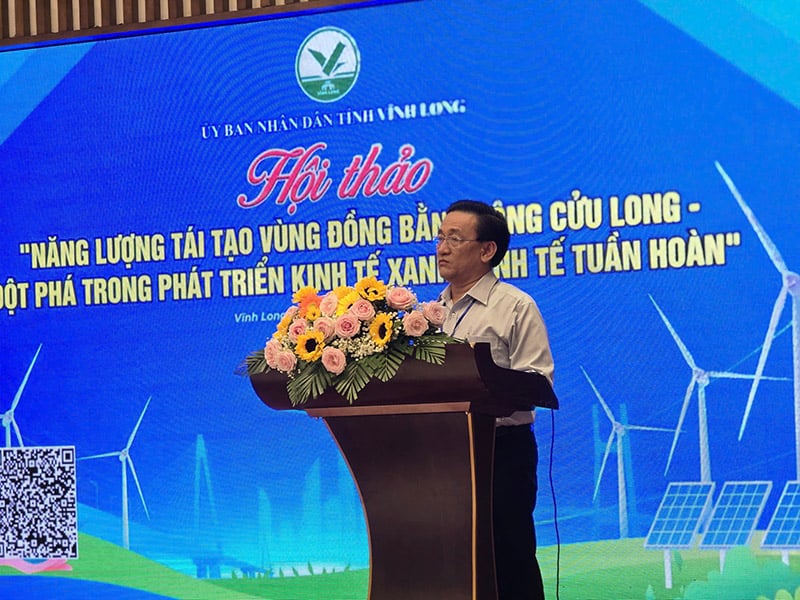 |
| Mr. Tran Quoc Tuan, Director of the Department of Industry and Trade of Vinh Long province, said that the development of renewable energy is currently facing three major "bottlenecks" that need to be resolved. |
Mr. Tran Quoc Tuan, Director of the Department of Industry and Trade of Vinh Long province, said that with more than 740 km of coastline, abundant biomass resources, and high solar radiation, the Mekong Delta is becoming the country's most potential region for wind power, solar power, and biomass power.
“The 1st Congress of the Vinh Long Provincial Party Committee, term 2025-2030, clearly identified the aspiration of “Developing Vinh Long into a renewable energy center of the Mekong Delta region, moving towards a clean energy export center of the whole country”. To realize the aspiration, not only planning and capital are needed, but also a new mindset, a new way of doing things, a new mechanism, where all economic sectors participate, benefit together, and develop sustainably”, said Mr. Tuan.
According to the assessment of the representative of Power Construction Consulting Joint Stock Company 4 (PECC 4), Vinh Long has the capacity to exploit nearly 3,900 MW of onshore and nearshore wind power by 2030, along with an estimated offshore wind power of about 1,000 MW. This is an important basis for the province to orient itself to become the renewable energy center of the Mekong Delta, contributing to the goal of developing the marine economy, green industry and exporting clean electricity.
The Duyen Hai thermal power plant cluster alone is one of the largest thermal power plants in the country with a total capacity of over 4,515 MW. Along with that, 15 renewable energy plants have been put into operation, including 13 wind power plants with a total capacity of over 567 MW and 2 solar power plants with a capacity of over 184 MW. According to the plan, the scale of power sources in Vinh Long province by 2030 will reach over 8,698 MW (thermal power over 4,627 MW; wind power over 3,736 MW; solar power over 334 MW).
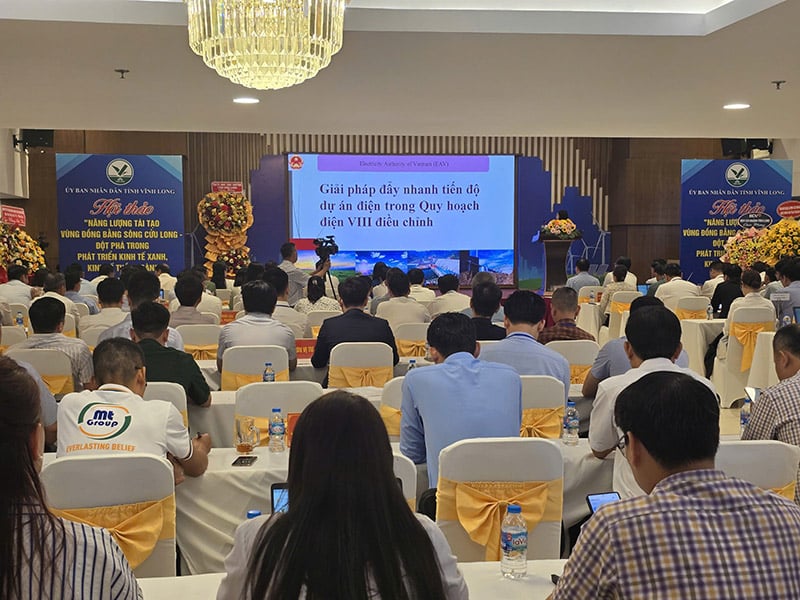 |
| Workshop "Wind power in the Mekong Delta - Breakthrough in green economic development, circular economy" |
According to the adjusted Power Plan VIII, by 2030, Vinh Long province will have 37 wind power projects with a total capacity of more than 3,306 MW (including 8 factories under transitional projects, 29 new source projects) and 3 solar power plant projects with a total capacity of 150 MW.
PECC 4 representative said that Vinh Long’s wind power potential is estimated to reach nearly 3,900 MW by 2030, making an important contribution to the goal of turning the Mekong Delta into the country’s renewable energy center. However, the rapid development of wind power also poses great challenges for transmission and distribution infrastructure.
Calculation results show that if there is a delay in investing in 110-220-500kV projects, many areas will face overload, high power loss and difficulties in releasing renewable energy sources. On the contrary, when the grid projects approved in the adjusted Power Plan VIII come into operation, the system will not only ensure safety and reliability but also help significantly reduce power loss, strengthen regional connectivity and make practical contributions to the Net Zero 2050 target.
To effectively exploit wind power potential and ensure safe operation of the power system, PECC 4 recommends accelerating the construction progress of 110kV transmission line projects under construction to put them into operation. For the transmission grid, priority should be given to early operation of transformer stations included in the adjusted Plan VIII, investment in construction of 500kV stations, etc.
3 knots that need to be untied
Chairman of the Binh Thuan Wind and Solar Power Association Bui Van Thinh said that the Mekong Delta region is considered the "wind power capital" of the country. With flat terrain, long coastline and stable wind speed, the Mekong Delta has ideal conditions to develop both onshore and nearshore wind power and especially large-scale offshore wind power. The total operating capacity has only reached about 1,300 MW out of a total potential of tens of thousands of MW, showing that there is still a lot of room for development...
However, according to Mr. Thinh, wind power development in Vietnam, especially in the Mekong Delta region, is facing many difficulties and challenges such as: Unsynchronized and overlapping planning; slow planning adjustment time; lack of accurate wind survey data; many projects have to invest in wind measurement for a long time, while national data on wind potential has not been fully updated, causing risks in project establishment.
In addition, the procedures for investment licensing, environmental assessment, and approval of marine planning are overlapping and time-consuming. The time for investment approval, environmental impact assessment approval, connection agreement, etc. can take 2-3 years, causing loss of opportunities for capital arrangement.
In addition, the investment cost of wind power is high, onshore and nearshore wind power is about 1.6 million USD/MW, offshore wind power is 3-3.5 million USD/MW, much higher than coal-fired thermal power or small hydropower. For large projects, the total investment is up to billions of USD, exceeding the capacity of many domestic enterprises. Domestic interest rates are high (10-12%/year), capital costs for wind power projects in Vietnam are much higher than in other countries in the region (about 5-7%/year), while projects need long-term capital of 15-20 years, causing financial pressure...
Sharing the same view, Mr. Tran Quoc Tuan acknowledged that the development of renewable energy is currently facing three major "bottlenecks" that need to be resolved, including: Institutions and investment procedures are still overlapping and prolonged; transmission infrastructure and capacity clearance are still limited; the mechanism for selecting investors needs to be transparent, flexible and encourage innovation.
According to the leader of the Department of Industry and Trade of Vinh Long province, the "bottlenecks" from administrative procedures, grid connection, pricing mechanisms, to capacity release capacity... are not only the province's own problems, but also a common challenge for the entire Mekong Delta region on the path to a green economy and a circular economy.
“The provincial industry and trade sector is committed to closely coordinating with central ministries and branches to remove obstacles and ensure the progress of renewable energy projects, especially those oriented in the Power Plan VIII. The province is committed to not letting 'bottlenecks' arise due to procedures, and not letting opportunities be delayed due to administrative issues,” said the Director of the Department of Industry and Trade of Vinh Long province.
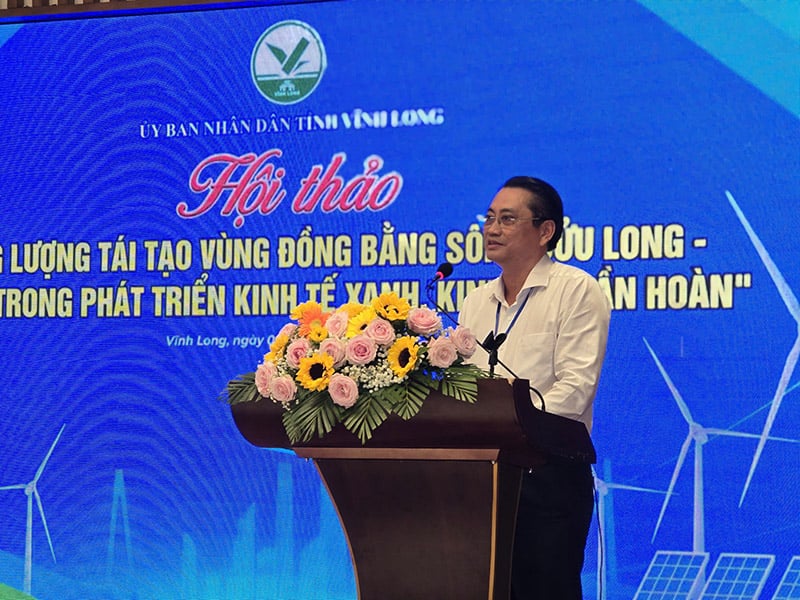 |
| Mr. Nguyen Quynh Thien, Vice Chairman of Vinh Long Provincial People's Committee spoke at the Workshop |
According to Mr. Nguyen Quynh Thien, Vice Chairman of Vinh Long Provincial People's Committee, the Mekong Delta in general and Vinh Long in particular are facing many major challenges regarding the environment and climate change. Extreme weather phenomena such as rising sea levels and increasingly severe saltwater intrusion have been intensifying negative impacts on production and people's lives. In that context, converting commitments to reduce greenhouse gas emissions into specific actions is an extremely important and necessary task.
The goal of achieving net zero emissions is a unified goal and a criterion for developing a green and circular economy. To achieve this, it is necessary to build a cooperation mechanism between provinces in the Mekong Delta region and domestic and international organizations. Developing a green and circular economy, especially in the energy transition, gradually improving the structure of electricity sources from renewable energy, will contribute to promoting the development strategy of the locality and the region.
Source: https://baodautu.vn/dbscl-tiem-nang-lon-de-tro-thanh-trung-tam-nang-luong-tai-tao-cua-ca-nuoc-d406854.html








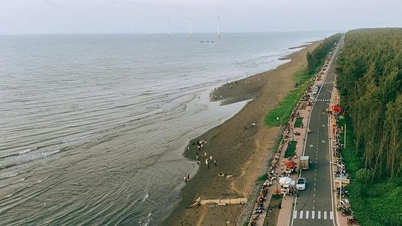



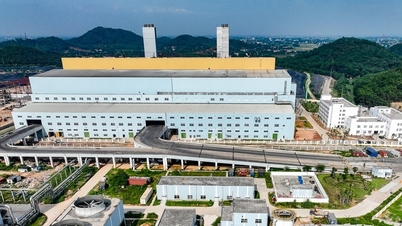

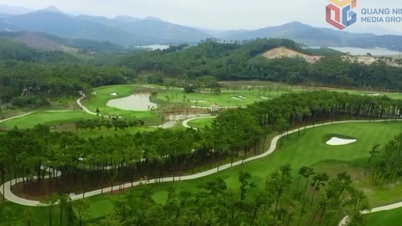

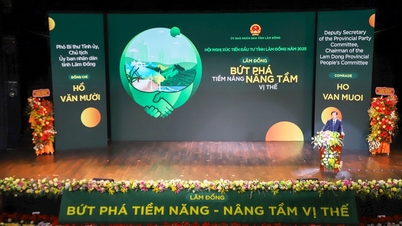

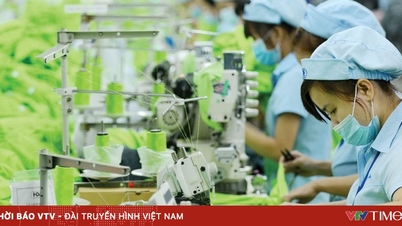

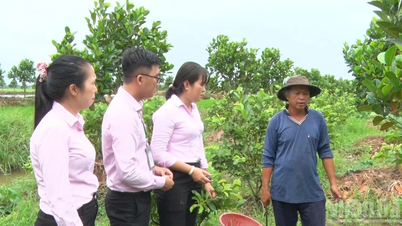



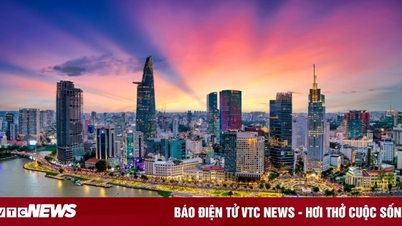

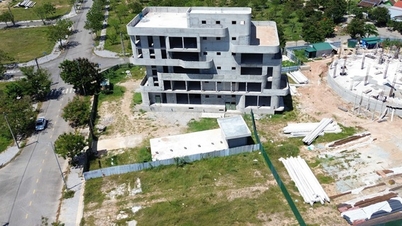













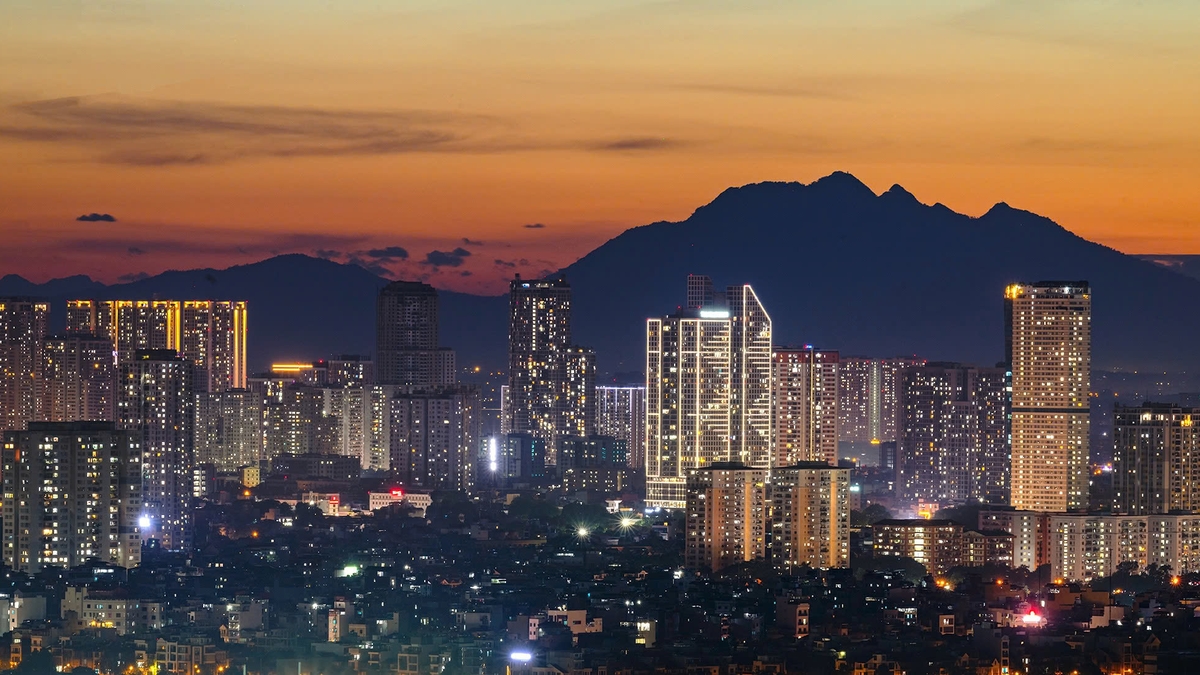

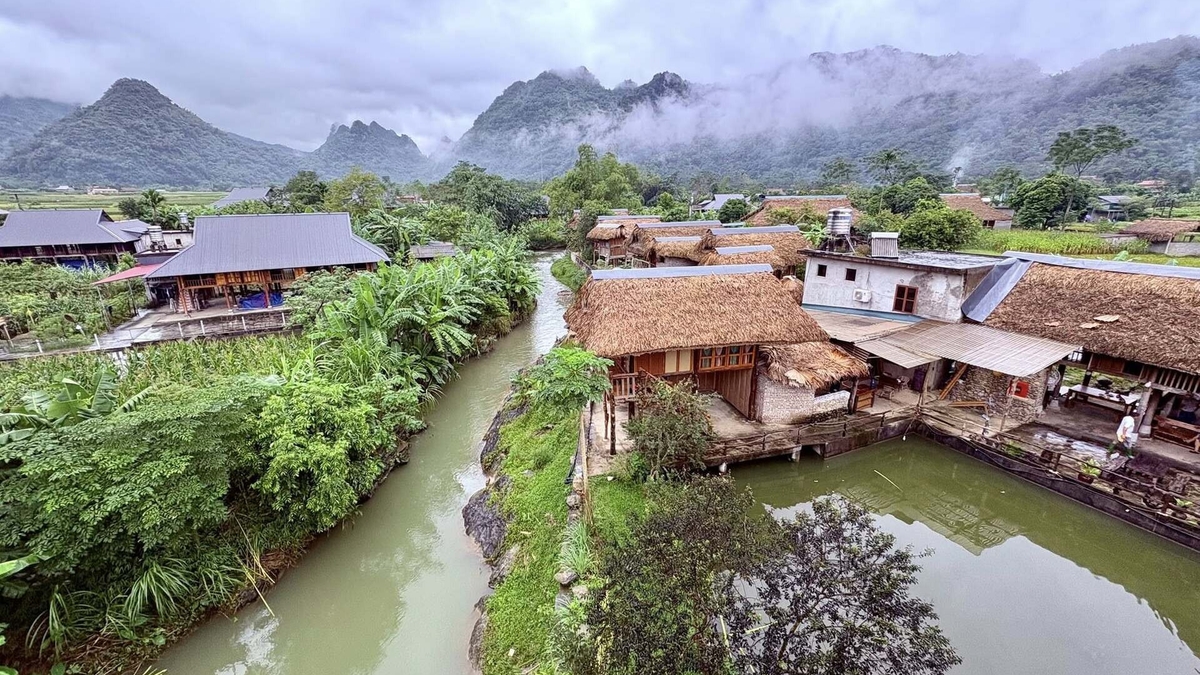
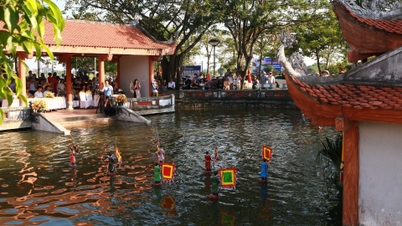


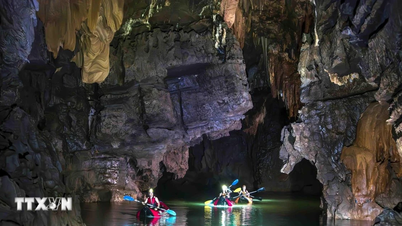


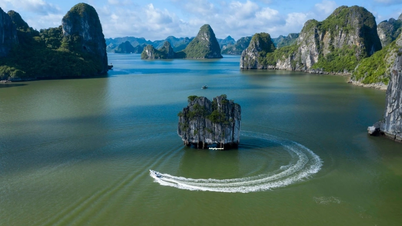





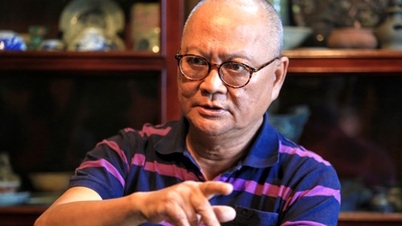






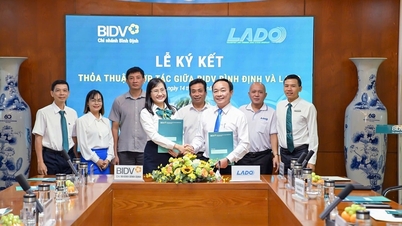



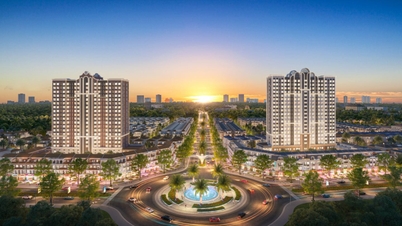
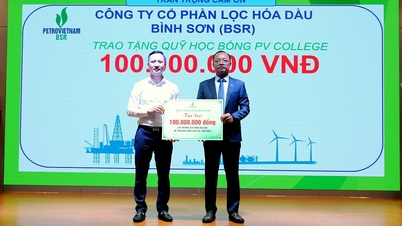










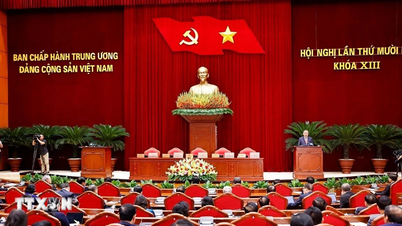




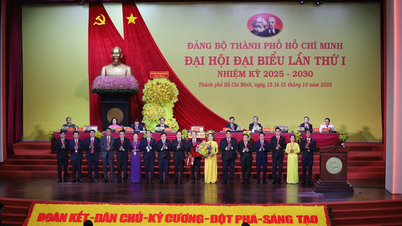






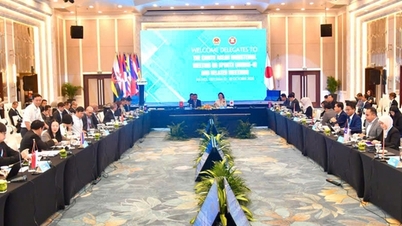
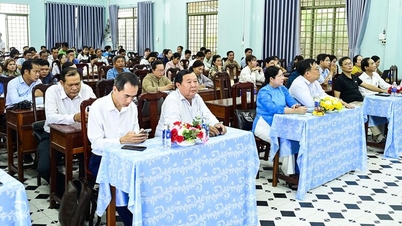

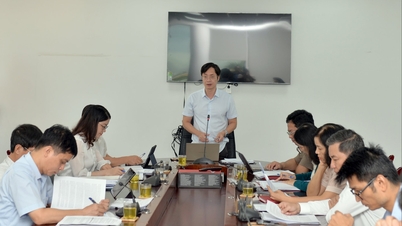

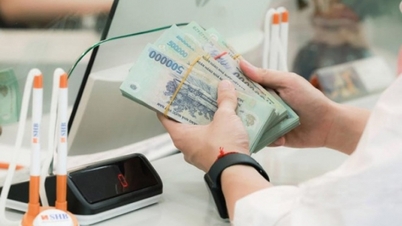

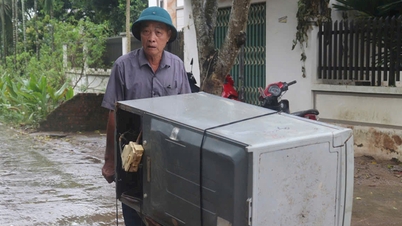

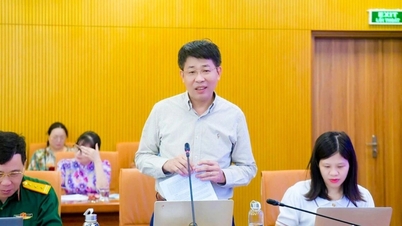
















Comment (0)